The United States is once again signaling the potential for higher tariffs on imports of Chinese magnets, despite a 90-day pause on tariff increases that was agreed earlier this month. The development comes as trade negotiations between Washington and Beijing remain in focus, with both sides navigating a complex and high-stakes relationship.
Speaking to reporters on Monday, President Donald Trump said that unless the US receives greater access to magnets from China, tariffs of “200 percent or more” could be imposed. While the statement did not specify a timeline, it has raised fresh concerns among manufacturers and supply chain stakeholders who rely heavily on rare earth elements.
Importance of Magnets and Rare Earths
Magnets and rare earth materials are critical components in advanced technologies. They play a vital role in the production of semiconductor chips, which are used in everything from smartphones and consumer electronics to renewable energy systems and defense applications.
China currently dominates this sector, accounting for around 90 percent of the global magnet market. In April, Beijing added several rare earth items and magnets to its export restriction list, responding to earlier tariff hikes from the US. Analysts say this move underscored the strategic importance of rare earths in global trade, as supply restrictions could disrupt production chains worldwide.
US Semiconductor Strategy
The US has recently stepped up efforts to secure critical materials and strengthen its semiconductor sector. Earlier this month, the government acquired a 10 percent stake in Intel, one of the world’s leading chipmakers. Intel and other companies in the sector are highly dependent on rare earth elements, many of which originate in China.
The push to stabilize supply lines is seen as part of a broader strategy to reduce vulnerability in industries where rare earths are essential. Industry leaders have repeatedly called for diversification of sourcing, citing concerns over volatility in global supply.
Trade Data and Market Signals
Despite restrictions, China’s exports of rare earth minerals surged in July. Figures from the General Administration of Customs showed shipments of rare earth ore rising by more than 4,700 tonnes compared to June. This increase suggests that demand remains strong, even amid uncertainty over tariffs and trade negotiations.
For US buyers, however, the possibility of higher tariffs could complicate procurement strategies. Industry experts note that if levies were to rise to 200 percent, as indicated by the president’s comments, costs would escalate significantly for companies relying on these inputs.
Tariff Timeline and Negotiations
The renewed tariff threat comes only weeks after trade talks appeared to be making progress. Earlier this month, President Trump signed an executive order extending a 90-day deadline on tariff increases, effectively preventing levies from rising to 145%.
Previously, both sides had agreed to scale back tariffs. In May, the US had imposed 30 percent tariffs, down from 125%, with plans to further reduce them to 10%. This sequence of adjustments had been viewed as a step toward easing tensions.
However, the president’s latest remarks have introduced fresh uncertainty, raising questions about whether the current pause in tariff hikes will hold. Analysts say the unpredictability of tariff policy adds new challenges for global businesses already facing supply chain pressures.
Outlook
While the possibility of 200 percent tariffs remains speculative, industry voices caution that even the hint of higher duties can impact global sourcing strategies. Manufacturers, traders, and logistics providers are now monitoring developments closely as negotiations between the two economic powers continue.
“Rare earths and magnets are a strategic resource,” said one trade analyst. “Any disruption in this supply chain affects multiple industries simultaneously — from consumer electronics to renewable energy. Both sides know this, which is why these negotiations are critical.”
For now, stakeholders across the supply chain are waiting for clarity on how the next phase of US-China trade talks will unfold.
#SupplyChainNews #TradeUpdate #GlobalBusiness #TariffsAndDuties #MarketWatch

















